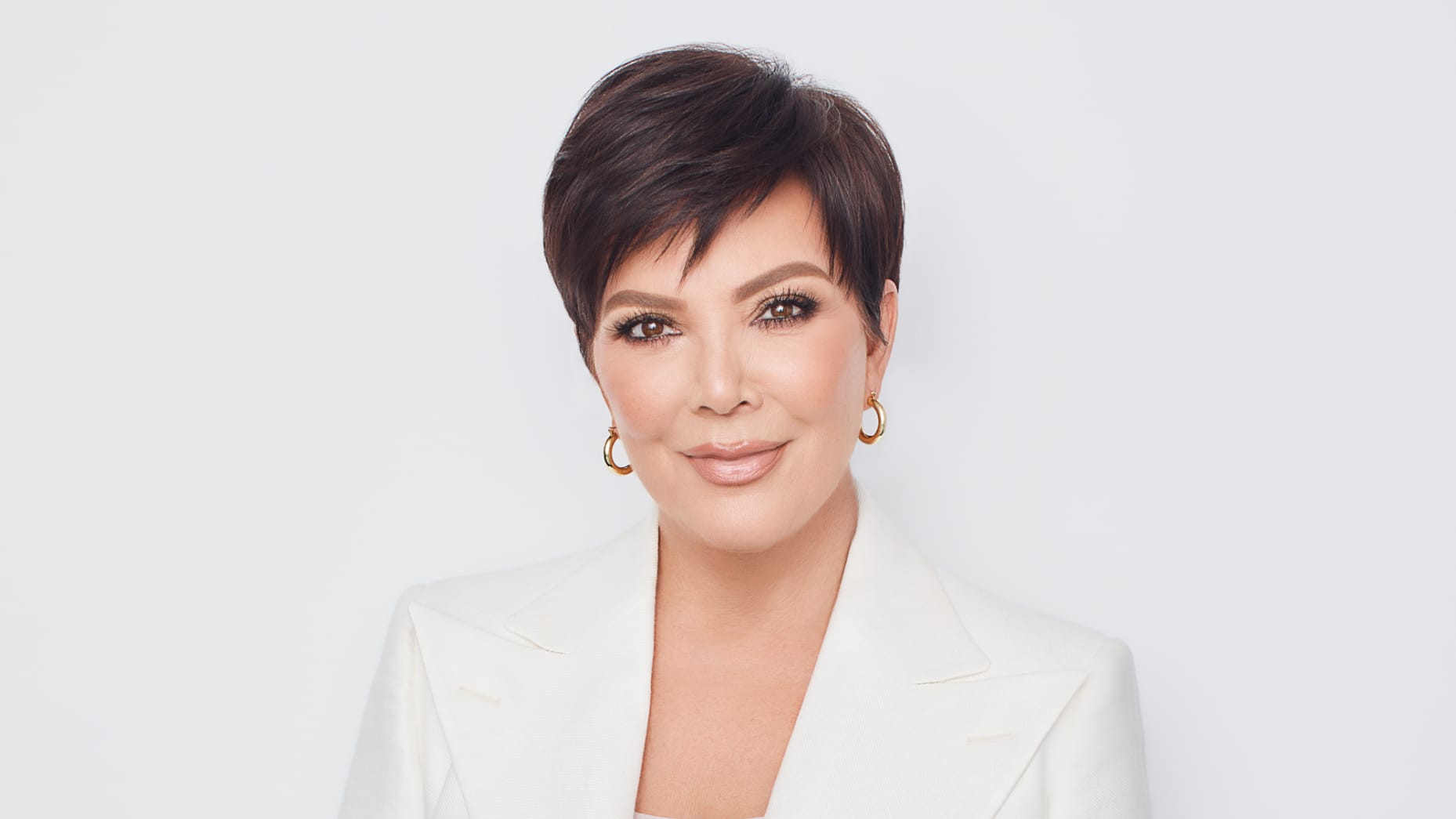When should you start saving for college?

May 30 | 2017

A major thing I regret from my childhood is not asking my parents more about my college fund. They were secretive people — never liked to discuss finances with their children. But when I got to college, it turns out they didn’t have enough. Not only did I feel betrayed, but also insecure about my own future.
I’m not saying you should save every cent you earn from the moment your little bundle of joy pops out, but there is a method to stress less and still secure a financially stable position for your child, even if they don’t want to go to college.
Where do I start?
Hey, if you’re good and ready, you can start even before they’re born! But only do this if you know for certain that a child will come along somewhere down the road and if you are already financially stable. Make sure that you have enough for your retirement, an emergency fund and any outstanding loans you need to pay. Consider slashing off the high-interest loans and student loans first since they are often the trickiest.
How do I start?
Sign up for a college savings account and start contributing as soon as you can. The 529 plan is a good call because they are federal tax free and low maintenance, but IRA’s have a higher interest rate. Even if you only put in $100 a month, by the time they’re 18, you’ll have about $38,932 in the account based on a 6% return.
There are two options for the 529 plan — prepaid tuition and college savings. The prepaid tuition only allows the funds to be used for tuition and mandatory fees, are backed or guaranteed by state and have a beneficiary age limit to list some of its qualities. The college savings plan allows funds to be used for any kind of college expense, has no state guarantee and are open to all ages.
IRA‘s are mostly for retirement, but if you had or are planning to have kids later on, it might be better for you. However, if you withdraw from a traditional IRA before age 59.5, it’ll result in a ten percent penalty. Another advantage is that you can roll funds from your 401k into the IRA.
Standard savings accounts are also another option but probably the least practical. When you’re applying for financial aid, they ask you anything and everything. So, having too much money under your child as the beneficiary might be hurtful instead of helpful.
Get realistic
College is not only going to be $40,000 as mentioned above. However, if you qualify, SUNY and CUNY schools in New York City have recently become tuition-free for qualifying families. But even most state schools like UMass Amherst in Massachusetts has a tuition of $15,000 for in-state residents.
If your child wants to go to a private institution, tuition can be as high as $40,000 to $50,000 for schools like New York University and Trinity College. You should apply for as many scholarships as you can, even sending your child to preschools and programs that are known to give out scholarships to their alumni.
Also note that tuition and fees do NOT cover the cost of room and board, transportation and books. So where we’re at right now — that $40,000 might cover one year of a public institution with scholarships and financial aid.
What else can I do?
So over time, you’ll want to invest more and more for your child — if you can of course. Work on paying off debts and loans as you invest and have your child take summer jobs. If you do end up taking out loans, make sure you let your child know how they work and how much time they’ll have to pay them off.
I was lucky enough to have a wealthy family member that loaned me the rest of my college tuition. The result was an interest free exchange that also didn’t have a time limit.
Now that I’ve finally scared most of you off from having a kid, I want to tell you that it isn’t all bad. College is a sound investment because most jobs require a degree nowadays. Securing a spot at a top university with a strong alumni network will give your child opportunities for more internships and job offers during and after their undergraduate experience. Thus, saving for college is not only an investment in your child, but also an investment for you to be taken care of in old age.










